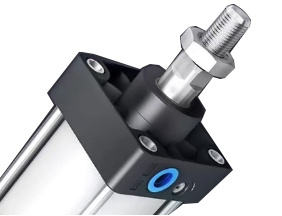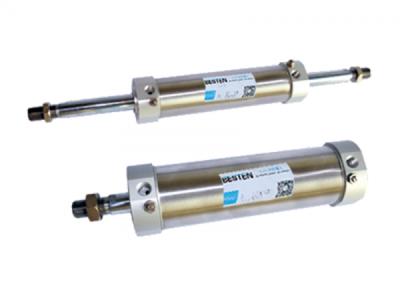Gas-liquid converters (tanks) : a key hub for energy storage
In modern industrial society, the efficient use and management of energy is an important cornerstone to support production and daily life. Gas-liquid converters, often in the form of oil tanks, play a crucial role in this process. They are not only physical containers for the storage of oil and its products, but also key nodes for energy flow and security. This article will delve into the function, design, and importance of gas-liquid converters in energy management to reveal their indispensable status.
The basic function of the gas-liquid converter is to convert energy in gas form to liquid form, or vice versa, to adapt to different transportation and use needs. In the application of oil tanks, this conversion is particularly important. As a kind of gas-liquid converter, the oil tank can store a large number of petroleum products, such as crude oil, gasoline, diesel, etc., which are liquid at normal temperature and pressure, but under specific temperature and pressure, they will evaporate into gas. The design of the tank must ensure that these products can be effectively contained and controlled when converted into a gaseous state to prevent any possible safety risks.

The design of the oil tank is a demonstration of engineering ingenuity. They are usually made of steel plates, which have certain corrosion and pressure resistance properties. The shape and size of oil tanks vary according to storage capacity and geographical location. To ensure safety, tanks are usually equipped with breathing valves, which are devices that allow gas in and out but prevent liquid from overflowing. The breathing valve is designed so that the tank can adapt to the change of internal pressure when the temperature changes, preventing the explosion caused by overpressure or the collapse caused by negative pressure.
In addition to the breather valve, the tank is equipped with other safety devices such as fire protection systems, leak detectors and pressure relief systems. These systems are designed and operated to prevent accidents and ensure stable operation under any circumstances. For example, fire protection systems can quickly detect internal or external fire sources and initiate extinguishing procedures; The leak detector is able to identify any potential leak points in time so that emergency action can be taken.
In terms of energy management, the role of gas-liquid converters cannot be underestimated. As converters, oil tanks not only provide the necessary storage space, but also balance the demand of the market by regulating the supply. In times of excess oil supply, tanks can temporarily store the excess product, while in times of tight supply, the stored product can be released to meet market demand. This flexibility is a key factor in maintaining the stability of energy prices and guaranteeing the continuity of energy supply.
In addition, gas-liquid converters also play an important role in environmental protection. The sealing property of the oil tank ensures that the stored petroleum products will not pollute the atmosphere due to evaporation. At the same time, through precise control and management, energy waste can be reduced and energy utilization efficiency can be improved.

In practice, the efficiency and safety of gas-liquid converters depend on a variety of factors, including design, material selection, operation, and maintenance. A good gas-liquid converter should not only meet the technical specifications, but also take into account the economic and environmental impact. Therefore, when designing oil tanks, engineers need to take these factors into account to ensure that the final product is both efficient and environmentally friendly.
In short, gas-liquid converters (oil tanks) are an indispensable part of modern energy management systems. They ensure a stable supply and safe use of energy through efficient storage and conversion functions. With the continuous progress of technology, we can expect gas-liquid converters to be more intelligent and efficient in the future, making greater contributions to the sustainable development of energy。






